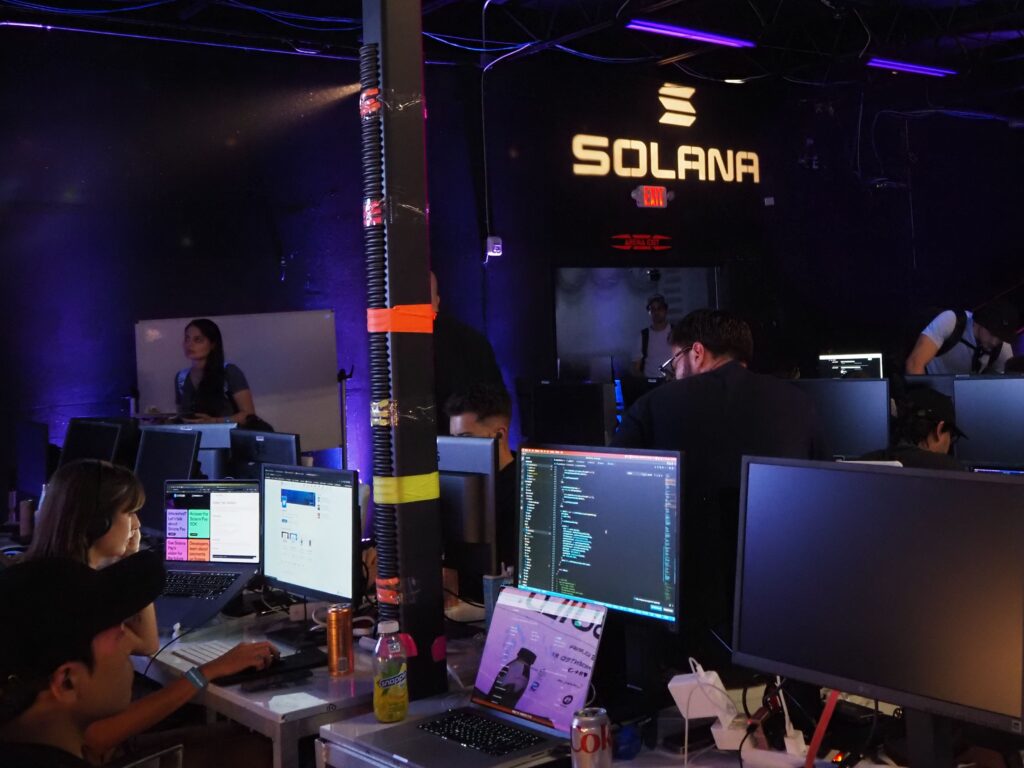The Changing Landscape of U.S. Cryptocurrency Regulations
The U.S. regulatory environment for digital assets is undergoing a significant transformation. This shift has been catalyzed not just by market dynamics, but also by the recent popularity of memecoins, including a newly launched Solana memecoin coinciding with the inauguration of the new president. In a matter of weeks, the U.S. crypto market has transitioned from facing heavy regulatory hurdles to a whirlwind of seemingly irrational proposals, including the introduction of various memecoins as potential assets for new cryptocurrency Exchange-Traded Funds (ETFs).
The Worth of Memecoins in the Investment Landscape
While it may seem absurd for a financial advisor to recommend an allocation in $TRUMP coin, these new digital currencies could hold some merit as ETF assets. Some may argue that they lack utility, but others view them as a unique form of creative expression. Although they may not rival a Mozart symphony in artistic value, tokens like $BONK and $PENGU have captured cultural significance, attracting interest from both retail and institutional investors alike.
Why Solana Stands Out Among Cryptocurrencies
This brings us to Solana, a blockchain that has ascended to become the third-largest digital asset by market capitalization and the leader in network usage. Bitcoin, originally designed as a digital cash system, has evolved into a store of value, while Solana has taken the lead in smart contract platforms through its innovative Proof of History mechanism. This technology has the potential to revolutionize various blockchain applications, making a compelling case for a dedicated Solana ETF.
The Road to ETF Approval: Historical Precedents
The groundwork for cryptocurrency ETFs has been laid, albeit through arduous processes. The approval of the Bitcoin ETF took ten long years and involved legal challenges, while the Ethereum ETF approval came with significant restrictions. Issuers had to remove provisions for “staking” rewards from their applications, which meant that both issuers and investors could not engage in blockchain governance. Consequently, investors in Ethereum ETFs have missed out on potential yield opportunities—yield that could be earned by staking their assets to support blockchain security. This has placed American investors at a disadvantage compared to their European counterparts, who have access to ETPs with staking rewards.
The Urgent Need for a Solana ETF
Despite the clear demand and potential for a Solana ETF, the U.S. market has yet to see any proposals come to fruition. Following the lessons learned from the Ethereum ETF, it is likely that initial Solana ETFs will also exclude staking options. However, the approval of European staking ETPs should serve as a precedent for the U.S. to follow suit.
The rationale for prioritizing a Solana ETF is compelling. The recent launch of a memecoin on the Solana blockchain is no coincidence; it reflects the platform’s ability to handle substantial transaction volumes effectively. With its unparalleled scalability and robust capabilities, Solana is poised for real-world applications in traditional finance. Limiting investors from accessing this technology through conventional financial channels would be akin to restricting investments in Amazon or Google during their early days. Thus, a Solana ETF could provide both retail and institutional investors with valuable exposure to the next major digital asset after Bitcoin and Ethereum.
Conclusion: Advocating for Progress in Crypto Regulation
In conclusion, the time is ripe for the approval of a dedicated Solana ETF. I urge the new leadership at the SEC to expedite the review of applications submitted by reputable firms such as Grayscale, VanEck, 21Shares, Canary Capital, and Bitwise. Furthermore, it would be advantageous for the SEC to consider reintegrating staking rewards into these proposals, as Canary’s application is already progressing through the SEC review process.
As we move forward, the impact of the current administration’s approach to cryptocurrency regulation remains to be seen. However, there is hope that a new framework for crypto-asset products will emerge, paving the way for a more inclusive and innovative investment landscape. This is a development worth watching closely.



